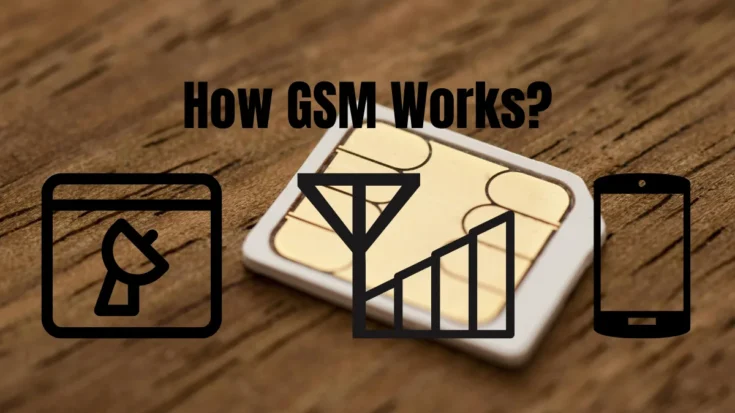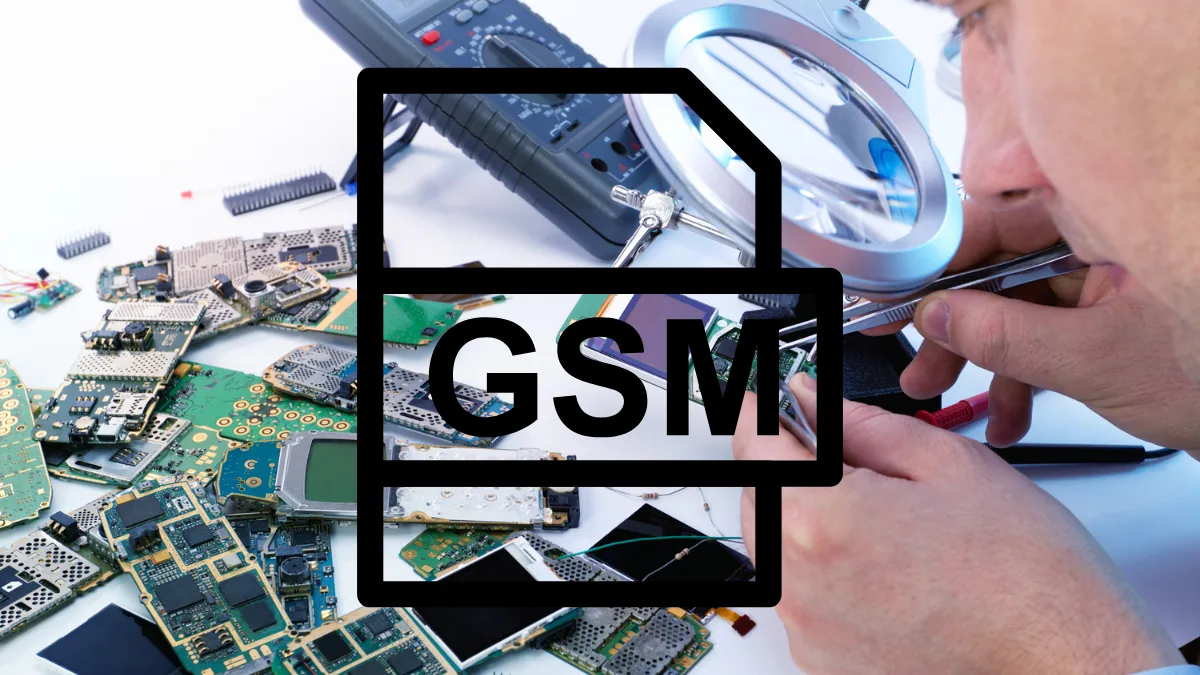The Global System for Mobile Communications (GSM) is a digital cellular communications technology widely used in mobile phones. Do you know how GMS works?
In general, how GSM works by utilizes microwaves and signal transmission so that the information sent will reach its destination.
How GSM works is also with their network architecture that supports these devices to work in providing benefits in our lives.
Also Read
In this article, we will explain how GSM works, its network structure, and its benefits for our lives.
Table of Contents
GSM Network Architecture

Before we know how GSM works, we must know first about the GSM network architecture. In general, in the GSM network architecture, there are 4 elements, namely Mobile Station (MS), Base Station Sub-system (BSS), Network Sub-system (NSS), and Operation and Support System (OSS).
The following is an explanation of each GSM network architectural element:
- MS (Mobile Station): A telecommunications device used by users/subscribers as a transceiver in communicating, such as a cellphone or modem.
- Base Station System (BSS), consisting of:
Base Transceiver Station (BTS): This is a GSM device that is directly connected to the MS and functions as a signal sender.
Base Station Controller (BSC): A device that controls the work of the BTS below it and acts as a link between the BTS and MSC.
- Network Sub System (NSS), consisting of:
Mobile Switching Center (MSC): This is a central network element in a GSM network. MSC is the core of the cellular network, where MSC plays a role in interconnecting conversation links, both between cellular and PSTN cable networks, or with data networks.
Home Location Register (HLR): Functions as a database to store all data and information about customers so that it is stored permanently.
Visitor Location Register (VLR): Functions to store customer data and information.
Authentication Center (AuC): Required to store all data required to check customer legitimacy. So that unauthorized customer conversations can be avoided.
Equipment Identity Registration (EIR): Useful for loading customer data.
- Operation and Support System (OSS): This is a GSM network sub-system that functions as a control center, including fault management, configuration management, performance management, and inventory management.
How GSM Works

How GSM works when viewed from its architecture can be divided into four parts, namely:
1. Base station subsystem
In the Base Station Subsystem, there are BTS and BSC which act directly to serve (serve) users by providing logical channels.
2. Network and switching subsystem
Parts of the Network and Switching SubSystem are similar to Fixed Network. This subsystem is also known as the “Core network”.
3. GPRS core network
GPRS Core Network is optional and not mandatory in the GSM network architecture. This section is responsible for passing packets from the internet connection.
4. Operation support system (OSS)
OSS is also known as Network maintenance, which functions to keep the network system in good condition. If errors or irregularities are found in the feeding system, the OSS is the first system to detect this.
The Benefits of GSM

Here are some of the main benefits of a Global System for Mobile Communications (GSM):
- Mobility: GSM allows users to stay connected and productive on the go, without depending on Wi-Fi or cable connections.
- Connectivity: GSM allows interconnection between mobile operators and between countries, so users can communicate with other people around the world.
- Accessibility: GSM allows users to connect and communicate with others, either through voice phone calls or text messages, from anywhere and at any time.
- Productivity: GSM allows users to work and coordinate with others efficiently and quickly, such as sending and receiving emails, making video calls, and accessing the internet.
- Economic growth: GSM plays an important role in global economic growth by facilitating communication and information between businesses and consumers.
- Business support: GSM enables businesses to increase their efficiency and productivity by providing good accessibility and connectivity to their employees.
- Security: GSM provides a high level of security through data encryption and user authentication, so sensitive and personal information remains safe.
That’s how GSM works and its benefits for our daily lives. Now you can know how GSM works and the benefits that we may have experienced before. Hopefully, it’s useful!











